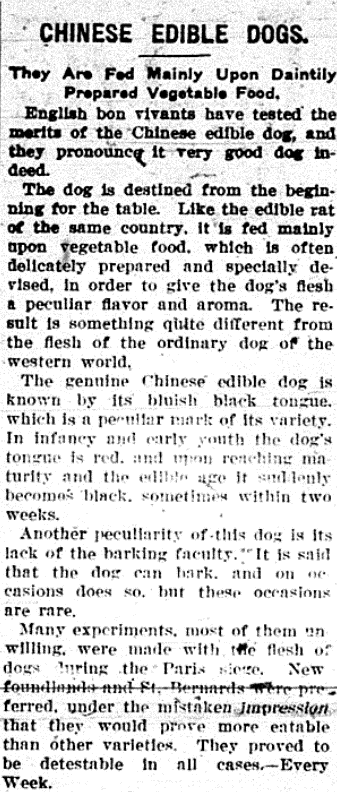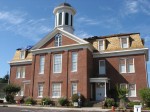Imagine a web that extends world-wide…
April 7th, 2012 at 4:55 pm (Computers, History, Society, Technology)
There was a time before the Internet—and it wasn’t that long ago. Consider excerpts of this 1984 article from the Whole Earth Catalog, titled “Telecommunicating”:
Someday everybody will communicate by computer, according to an emerging army of dreamers.
[…]
Less expensive than national networks are local bulletin boards […] To give an example of the bulletin boards’ power; David Hughes of Colorado Springs entered onto his computer bulletin board the text of a pernicious city council bill outlawing professional work at home. Instead of tracking the bill down at City Hall, residents could dial in at their convenience and read the bill at home. Within a week, Hughes had gathered enough angry readers to storm the next city council meeting and influence council members to defeat the measure.
[…]
Programs are finally emerging that treat telecommunicating as a human activity instead of a technical obstacle course.
So much so that we don’t even use the term “telecommunicating” at all. We’re just communicating.
NPR’s Science Friday broadcast an episode in 1993 called “The Future of the Internet” that is well worth the listen. The episode itself made history by being broadcast on the Internet, instead of just by radio. Today, the topics and the way they are covered sound so… quaint. Compuserve! WAIS?
The opinions being expressed are enthusiastic, sometimes prescient, and other times (from today’s perspective) naive. “I found a complete archive of jokes on the Internet in under an hour!” “The magic number is 64,000 bits per second.”
Ira: “Let’s make it clear to everyone listening that you’re not on a telephone, are you?”
Caller Tom: “No, I’m sitting in front of a workstation, with a microphone…”
I did like the discussion of “information anxiety” (they had that back then too? ;) ) over the “glut” of information available (from the 420 different databases WAIS was indexing. Oh, my word.).
“One of the things we’re doing is learning how to ignore information, and that’s one of the most important things the Internet will let you do. […] You want your machine to be working for you … finding the right stuff. There’s just way too much out there already. So going and filtering through, searching, finding just the issues that you care about — your machine is starting to know a lot about you. It knows what you like, what you don’t like, what you’ve read, what you didn’t read.”
I wish we could say we’ve solved that problem now! Even with RSS feeds, collaborative filtering, and various learning systems, I still feel inundated by all there is to read, and without a good solution for sorting and prioritizing it. Email alone…!

